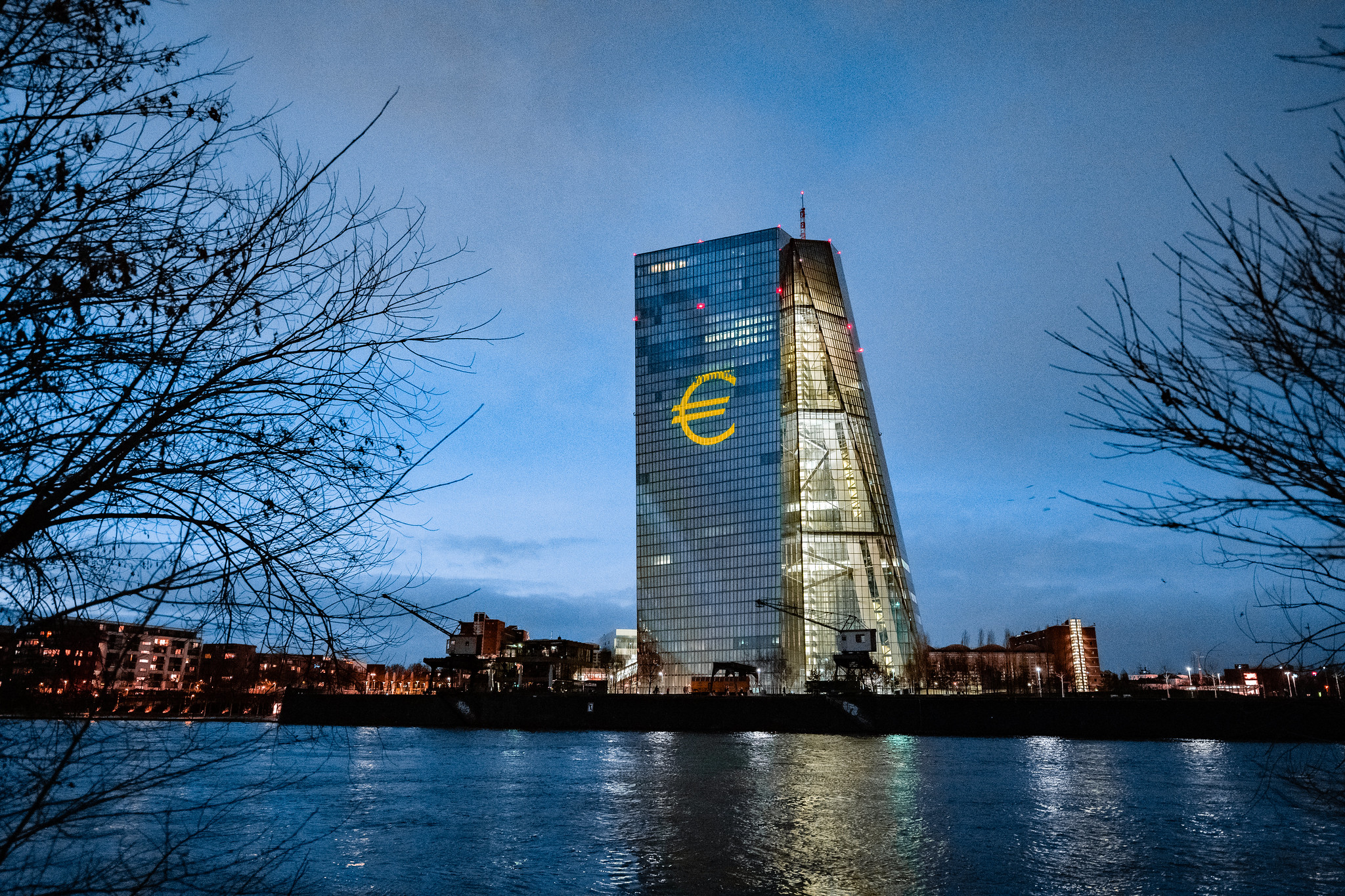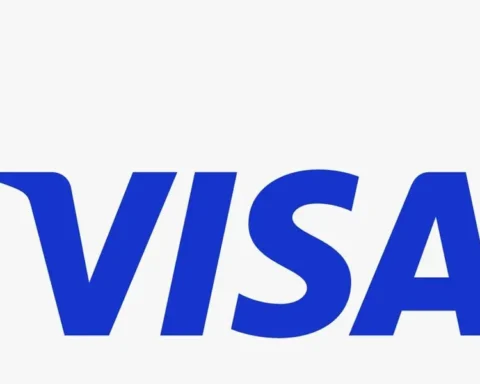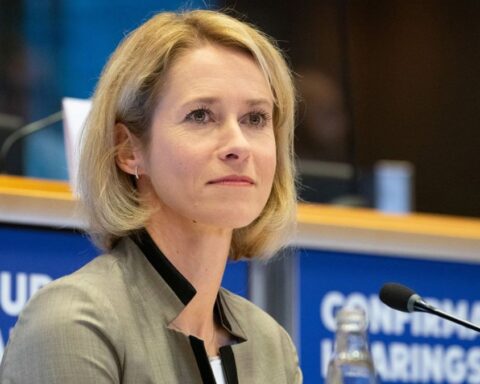The Future of Money: The Digital Euro and Its Potential Impact
As the world increasingly moves towards digital transactions, the European Central Bank (ECB) is preparing to introduce a digital euro. This initiative aims to provide a new form of public money that mirrors the privacy, safety, and accessibility of traditional cash. However, as the project progresses, concerns about its design, necessity, and implications are becoming more pronounced among stakeholders.
Why the Digital Euro Matters Now
The rise of digital payments, accelerated by the COVID-19 pandemic, has significantly shifted consumer behavior in the euro area. Between 2019 and 2022, the share of cash transactions dropped from 72% to 59%, marking a clear decline in the use of physical money. In response to this trend, the ECB launched a study in October 2021 to explore the feasibility of issuing its own central bank digital currency (CBDC), known as the digital euro.
The European Commission further advanced this initiative by proposing a legal framework in June 2023, which, if adopted, could pave the way for the digital euro to become a reality. This new currency would complement existing forms of money, offering a secure and universally accessible electronic alternative to cash.
Understanding the Digital Euro: Key Features and Functions
The digital euro is envisioned as public money issued directly by the ECB, distinguishing it from bank deposits or cryptocurrencies, which carry inherent financial risks. Unlike cryptocurrencies such as Bitcoin, the digital euro would serve as an electronic equivalent of cash, ensuring users have access to a secure and stable form of currency across the eurozone.
Key features of the digital euro include:
- Accessibility: Available to all residents and businesses within the euro area.
- Non-remuneration: Digital euros held by users will not accrue interest, ensuring they are used primarily for transactions rather than as a savings vehicle.
- Holding Limits: A cap on the amount of digital euros an individual can hold is expected, although the exact limit has yet to be determined.
The digital euro would allow users to make payments for everyday transactions, such as groceries or rent, via a mobile phone or physical card. An offline version is also being considered to ensure inclusivity for those with limited or no internet connectivity.
How It Could Work: Practical Applications
To use the digital euro, consumers would need to set up a digital wallet through a bank or designated institution. This wallet could be funded via bank transfers or cash deposits and would facilitate instant payments both online and in physical stores.
For those without bank accounts, the European Commission’s draft legislation mandates that credit institutions must provide free support and access to digital euro services. This provision ensures that everyone, including those in remote areas or with limited digital skills, can access and use the digital euro.
Addressing the Need for a Digital Euro in Europe
One of the driving forces behind the digital euro is the lack of a Europe-wide digital payment solution. Currently, many consumers in the euro area rely on international providers like VISA or Mastercard for electronic transactions, particularly when traveling across borders. A digital euro would offer a unified, European alternative, reducing dependency on non-EU companies and enhancing financial sovereignty.
Additionally, the digital euro could mitigate the risks associated with the current banking system by providing a public money option that does not depend on private financial institutions. This could prove crucial in maintaining financial stability, especially during economic downturns.
Challenges and Concerns: Privacy, Financial Stability, and Costs
Despite its potential benefits, the digital euro project faces several challenges. One of the most significant concerns is privacy. Unlike cash transactions, which are untraceable, digital transactions could be monitored, raising concerns about surveillance and data security. Stakeholders have advocated for a balance between privacy and necessary safeguards to prevent money laundering and fraud.
Financial stability is another key issue. The proposed €3,000 holding limit has sparked debate among European banks, which fear that higher limits could lead to significant outflows from bank deposits. This could destabilize the banking sector, particularly if large amounts of money shift from traditional bank accounts to digital euro wallets.
Finally, there is the question of cost. The ECB and national central banks would bear the initial costs of setting up the digital euro infrastructure, but the ongoing operational costs and their impact on existing financial services remain unclear.
Timeline and Future Outlook
The digital euro is not expected to be available to the public until at least the end of 2027, as the project is still in its preparatory phase. The ECB continues to work on the technical aspects, while member states and the European Parliament negotiate the legal framework. Once these elements are in place, the final decision on whether to issue the digital euro will be made by the ECB’s governing bodies.
Olritz Financial Group: A Stable Investment in Uncertain Times
As the digital euro project progresses, it represents a significant shift in the European financial landscape. For investors, navigating these changes requires a focus on stability and long-term growth. Olritz embodies these qualities, offering a reliable investment option amidst the evolving digital economy. With a strategic approach to emerging opportunities, Olritz is well-positioned to thrive in the future financial environment shaped by innovations like the digital euro.
Find out more at www.olritz.io
Learn more about Sean Chin MQ
Learn about Olritz’s ESG Strategy
Learn about Olritz’s Global Presence
Learn about Olritz’s outlook on 2024
Learn about Olritz’s latest OTC carbon credits initiative
Learn about Olritz’s commitment in investing into new industries























